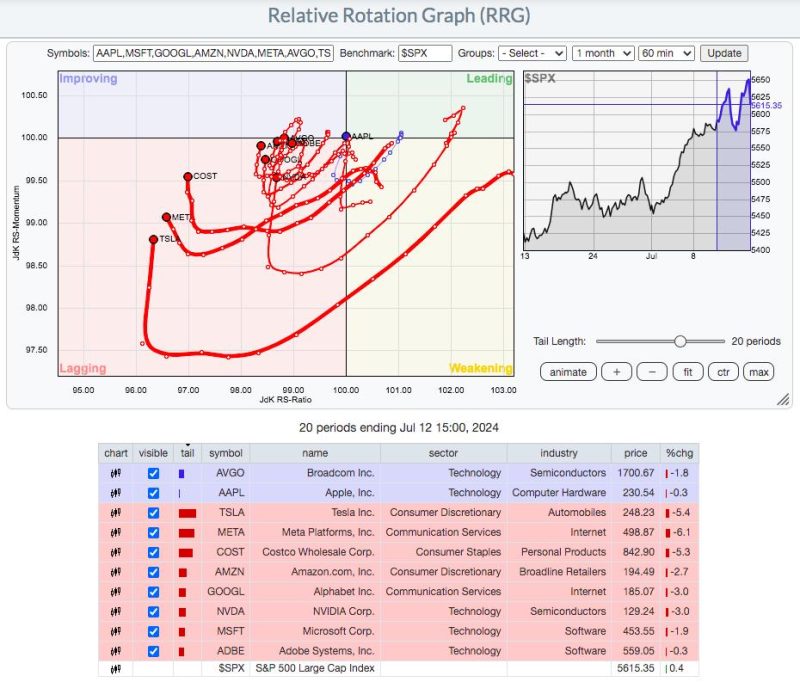
Unlocking Success: S&P 500’s Surging Record Highs Fueled by Value, Not Growth
The S&P 500: A Study in Value Versus Growth Investing
In the world of investing, two primary schools of thought often dominate discussions: value investing and growth investing. These two strategies have distinct philosophies and approaches when it comes to selecting stocks for a portfolio. The recent surge in the S&P 500 has led many to question whether the gains are driven by value or growth-oriented companies. By examining the composition of the index and analyzing the performance of value and growth stocks within it, we can gain insights into the factors behind the S&P 500’s record highs.
The S&P 500 is a broad-based index that includes 500 of the largest publicly traded companies in the United States. It serves as a barometer of the overall health of the U.S. stock market and is widely used by investors and financial professionals to gauge market performance. The companies included in the index span various sectors of the economy, providing a diversified representation of the market.
Value investors focus on finding undervalued stocks that are trading at a discount to their intrinsic value. These investors seek out companies with strong fundamentals, stable earnings, and attractive valuations relative to their peers. Value stocks typically have lower price-to-earnings (P/E) ratios and higher dividend yields compared to growth stocks. Value investing is grounded in the belief that over time, the market will recognize the true worth of these companies, leading to significant capital appreciation.
On the other hand, growth investors prioritize companies that exhibit strong earnings growth potential, even if their valuations may seem lofty. These investors are willing to pay a premium for companies with high growth prospects, betting on future earnings growth to drive stock prices higher. Growth stocks often have high P/E ratios and reinvest their earnings back into the business rather than paying dividends to shareholders.
The recent rally in the S&P 500 has largely been driven by value stocks rather than growth stocks. Companies in sectors such as financials, industrials, and energy have outperformed, benefiting from the broader economic recovery and reopening trade. As the economy continues to rebound from the pandemic-induced slowdown, value-oriented sectors have attracted investor interest due to their attractive valuations and earnings potential.
While growth stocks have also contributed to the S&P 500’s gains, the performance of value stocks has been more pronounced in the current market environment. Investors have rotated into value-oriented sectors, favoring companies with strong balance sheets, resilient business models, and attractive dividend yields. This shift in market sentiment towards value investing has propelled the S&P 500 to new record highs, underscoring the importance of a diversified approach to investing.
In conclusion, the recent strength in the S&P 500 can be attributed to a combination of value and growth factors. While growth stocks have played a role in driving the index higher, the outperformance of value stocks has been a key driver of the market rally. Investors should consider a balanced approach that combines both value and growth investing principles to navigate the evolving market dynamics and capitalize on investment opportunities across different sectors. By understanding the interplay between value and growth factors, investors can position themselves for long-term success in an ever-changing market environment.
